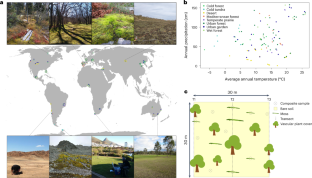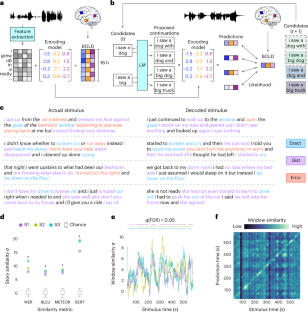2023-04-01 ニューサウスウェールズ大学(UNSW)
1つの質問によるシンプルなスクリーニングツールが、既存の患者報告済み指標システムに適合することが可能であることが示され、研究者は、これによって、FCRの重要なニーズに対する対処が改善されることを期待している。
<関連情報>
- https://newsroom.unsw.edu.au/news/health/clinical-screening-can-identify-fear-cancer-recurrence
- https://onlinelibrary.wiley.com/doi/10.1002/pon.6139
がん再発恐怖スクリーニング尺度(FCR-1r)改訂版(単項目)の妥当性とスクリーニング性能の評価 Evaluation of the validity and screening performance of a revised single-item fear of cancer recurrence screening measure (FCR-1r)
Allan ‘Ben’ Smith, Mingbo Gao, Mei Tran, Maria Ftanou, Sharuja Jegathees, Verena Wu, Michael Jefford, Fiona Lynch, Haryana M. Dhillon, Joanne Shaw, Lachlan McDowell, Alan White, Clare Halloran, David Wiesenfeld, Adeola Bamgboje-Ayodele
Psycho-Oncology Published: 30 April 2023
DOI:https://doi.org/10.1002/pon.6139

Abstract
Objective
Fear of cancer recurrence (FCR) is highly prevalent among cancer survivors, but irregularly identified in practice. Single-item FCR measures suitable for integration into broader psychosocial screening are needed. This study evaluated the validity of a revised version of the original FCR-1 (FCR-1r) and screening performance alongside the Edmonton Symptom Assessment System – Revised (ESAS-r) anxiety item.
Methods
The FCR-1r was adapted from the FCR-1 and modelled on the ESAS-r. Associations between FCR-1r and FCR Inventory-Short Form (FCRI-SF) scores determined concurrent validity. Relationships of FCR-1r scores with variables related (e.g., anxiety, intrusive thoughts) and unrelated (e.g., employment/marital status) to FCR determined convergent and divergent validity respectively. A Receiver-Operating Characteristic analysis examined screening performance and cut-offs for the FCR-1r and ESAS-r anxiety item.
Results
107 participants were recruited in two studies (Study 1, July-October 2021, n = 54; Study 2: November 2021-May 2022, n = 53). The FCR-1r demonstrated concurrent validity against the FCRI-SF (r = 0.83, p < 0.0001) and convergent validity versus the Generalised Anxiety Disorder-7 (r = 0.63, p < 0.0001) and Impact of Event Scale-Revised Intrusion subscale (r = 0.55, p < 0.0001). It did not correlate with unrelated variables (e.g., employment/marital status), indicating divergent validity. An FCR-1r cut-off ≥5/10 had 95% sensitivity and 77% specificity for detecting clinical FCR (area under the curve (AUC) = 0.91, 95% CI 0.85–0.97, p < 0.0001); ESAS-r anxiety cut-off ≥4 had 91% sensitivity and 82% specificity (AUC = 0.87, 95% CI 0.77–0.98, p < 0.0001).
Conclusions
The FCR-1r is a valid and accurate tool for FCR screening. Further evaluation of the screening performance of the FCR-1r versus the ESAS-r anxiety item in routine care is needed.


